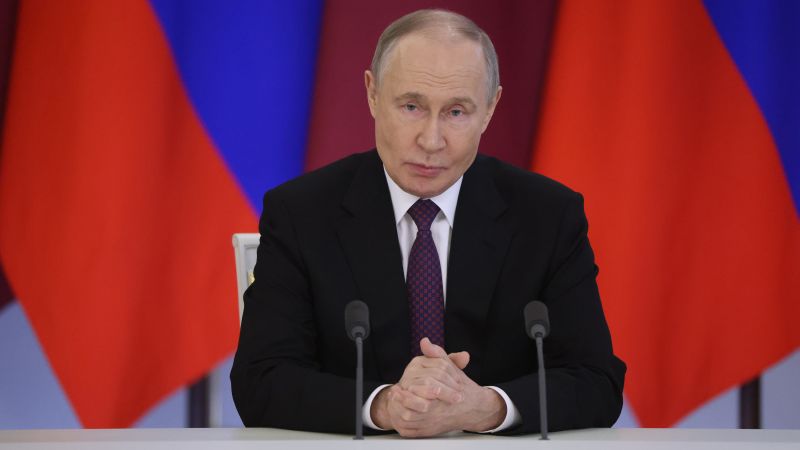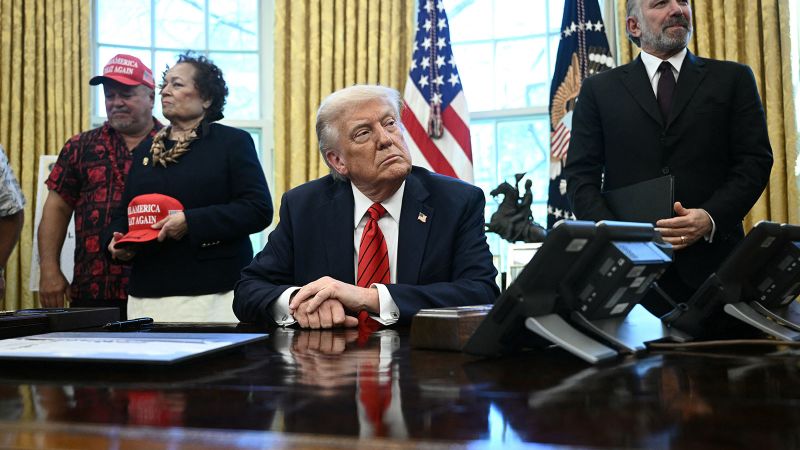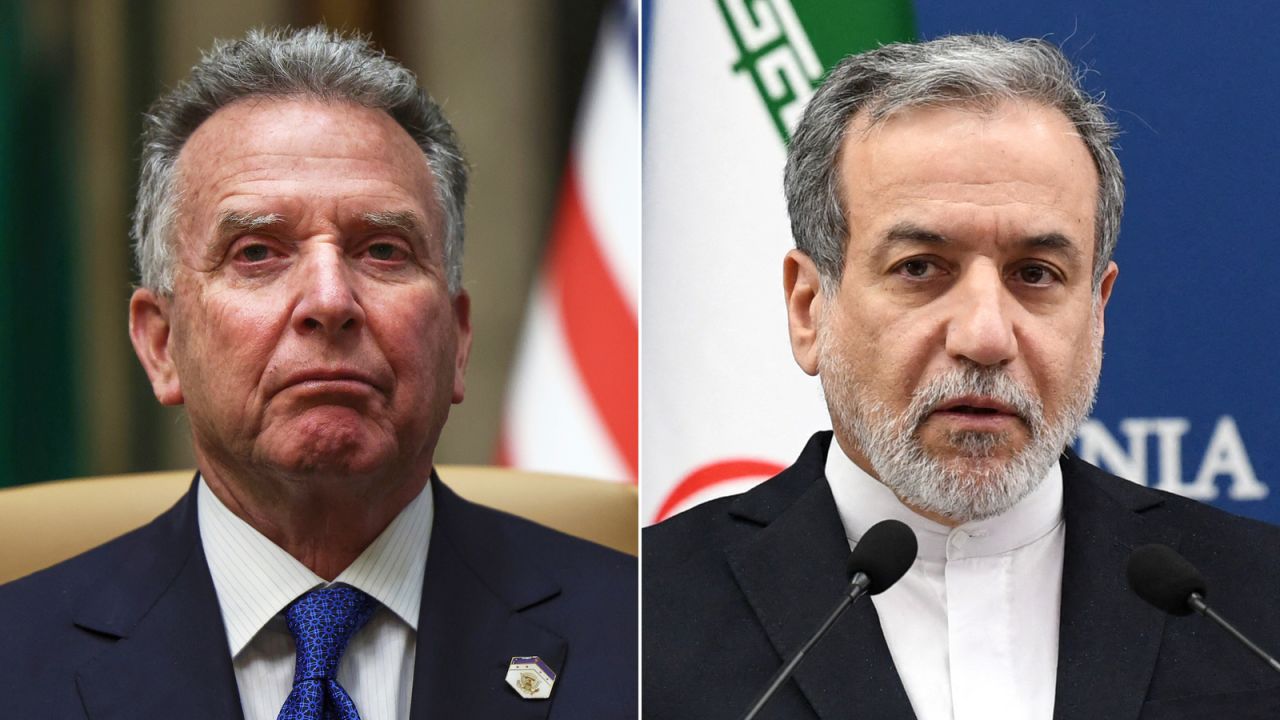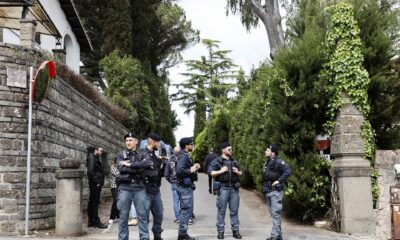Editor’s Note: This story contains graphic descriptions of alleged violence and abuse.
CNN
—
Social media influencer and self-proclaimed misogynist Andrew Tate has been accused of holding a gun to a woman’s head and threatening “there’ll be hell to pay,” according to UK court documents , Britain’s PA Media news agency reported.
Four women have accused the professional kickboxer-turned-internet demagogue of rape, in a historic UK civil suit. It came on the heels of an investigation led by the country’s Crown Prosecution Service, which declined to formally prosecute Tate, in 2019. CNN has reached out to the four women’s lawyers for comment.
One of the four women accused Tate of having grabbed her by the throat, whipped her with a belt and pointed a firearm at her face, in 2015, according to PA, citing court documents submitted to the country’s High Court – a claim that Tate rejects.
Tate, a professional kickboxer-turned-internet demagogue “would strangle her or grab her by her throat if she spoke back to him or said anything that he did not like… Until she told him that she loved him or apologised for whatever he demanded at the time.”
He “had weapons, including firearms, which were often pointed at her,” the court papers lawsuit revealed, adding that Tate “indicated to her that he would like to kill someone if he could.”
In response to the woman’s allegations, Tate’s legal team claimed her testimony was “fabrication” and a “pack of lies.”
Tate’s solicitor, Andrew Ford, “vehemently denied” the allegations in a statement to CNN on Thursday. Ford said the accusations against his client would be “fully contested in court.”
“The claims, including the reference to a firearm, were thoroughly investigated by the police at the time. No firearm was recovered during police searches,” the statement added. “When the matter was referred to the Crown Prosecution Service, they concluded there was insufficient prospect of conviction and chose not to charge Mr Tate with any offence.”
A spokesperson for Tate also told CNN that the social media influencer “categorically denies these unproven and untested allegations.”
“Specifically, he denies ever threatening anyone with a firearm, engaging in non-consensual acts, or subjecting any individual to physical or psychological harm,” the spokesperson said in a statement on Thursday.
A fierce proponent of male dominance, female submission and wealth, Tate, has amassed millions of male followers by touting aggressive speech online.
Over recent years, he and his brother, Tristan, have found themselves at the center of several criminal probes spanning Romania, the US and the UK, including for allegations of sexual exploitation and human trafficking. Most recently, Tate’s ex-girlfriend accused him of sexual assault and battery in a lawsuit filed in Los Angeles, in March.
Both siblings have denied all allegations.
In the UK court papers published Thursday, one of the women said Tate and his brother “played good cop and bad cop to manipulate her.”
A second woman, who also said she worked for Tate’s webcam business, alleged that Tate strangled her during sex without her consent.
The 38-year-old former fighter allegedly choked her with his arm “so frequently it became normal,” the documents claim. On one occasion, Tate “threatened to “beat the sh*it out of’ her,” according to the lawsuit, after which she was “forced to barricade herself inside the bathroom.”
Lawyers representing Tate said he “did not abuse” the woman during sex and “if he had done it beggars belief, they had consensual sex on so many occasions.” Tate called the allegations levied by all four women “false,” adding that they “were not controlled.”

Rights advocates have warned against the Tate brothers’ rising tide of influence among young boys and men within the manosphere – a digitized space that promotes male supremacy, anti-feminism and “red pill” culture.
His virulent material once led to a ban on almost every social media platform. But when tech mogul Elon Musk took over X, then known as Twitter, in 2022, he reinstated his account. Musk is now a high-profile adviser to US President Donald Trump – of whom Tate is an ardent supporter.
He wrote in a post on X on March 30: “Young men idolize me because their fathers taught them nothing but to tolerate endless henpecking from their wives.
“Men don’t want to be bossed around by females their entire existence,” the post continued . “Resisting female power is ground zero for the battle against The Matrix.”
One of the women in the UK civil suit alleged that Tate branded himself as the “mafia” and the “messiah.” On one occasion, she said the influencer allegedly drove her to a field and “demanded that she list 10 things that ‘made him a man.’”
The same woman accused Tate of “debating whether to rape you or not,” before having non-consensual sex with her in 2013, while saying “who do you belong to?”
A fourth woman alleged that Tate used phrases such as “I own you.” In one alleged assault dating back to 2014, she said Tate strangled her so much during sex that she passed out.
In Bucharest, the pair were charged with human trafficking and forming an organized criminal gang, according to Romanian prosecutors. Tate has also been charged with rape.
Then, in a separate case, announced in August, Romanian authorities searched one of the
Tate residences as part of a new investigation into forming an organized crime group, human trafficking of children and adults, sexual acts with a child, and money laundering.
That investigation has not yet let to an indictment.























